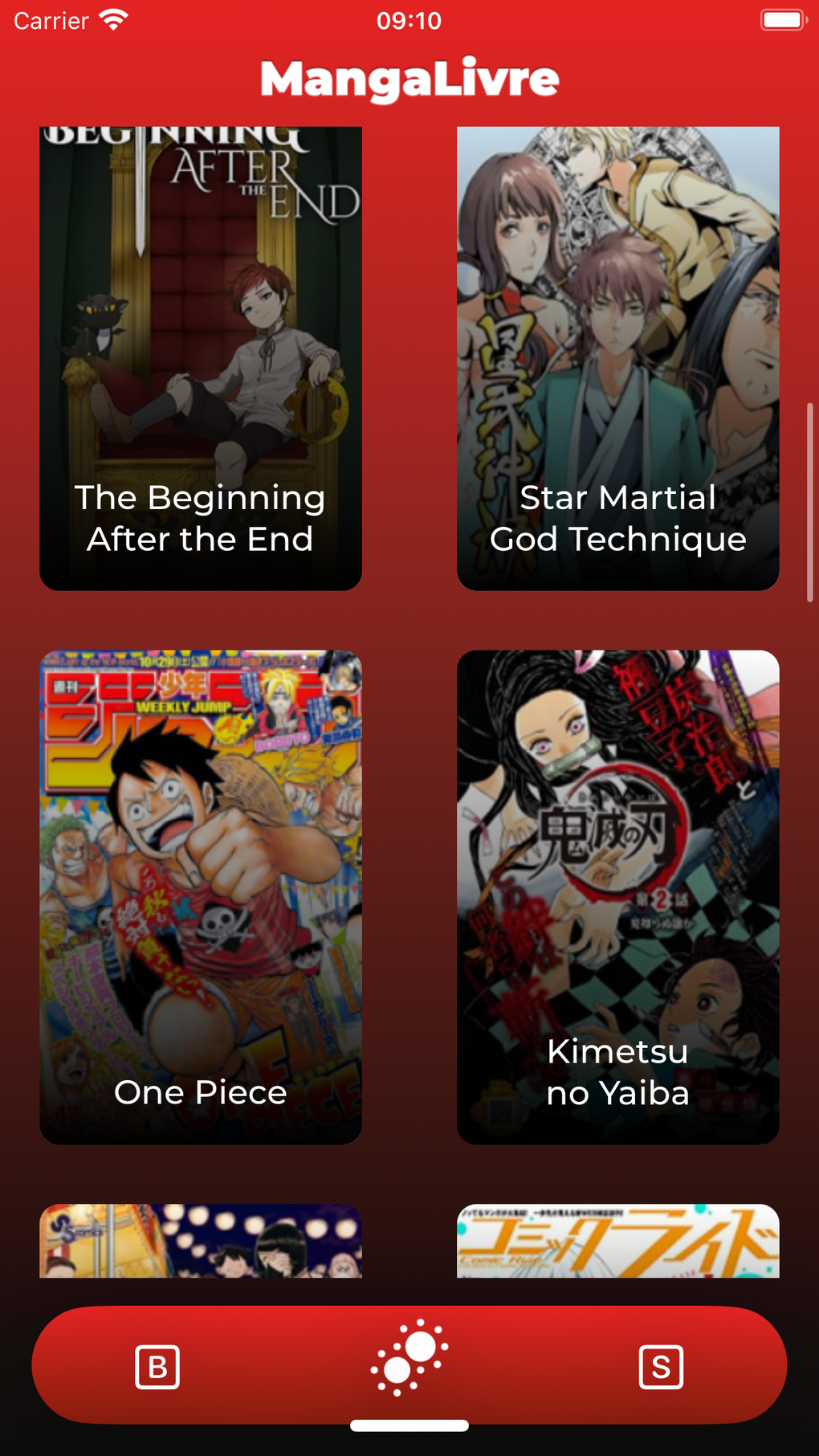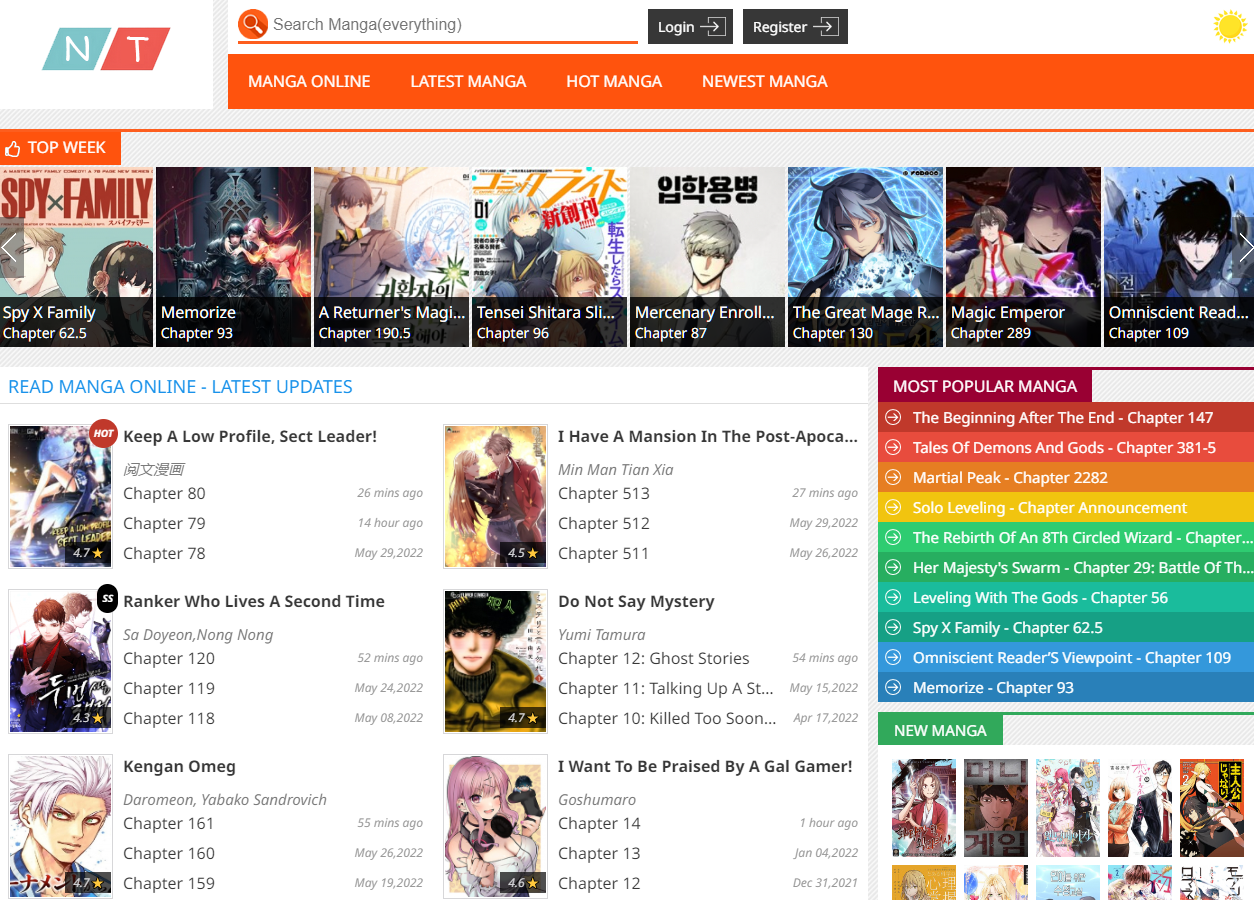🌟 Dịch Vụ Chất Lượng Cao 🌟
✓ 301 Redirect: Chuyển hướng domain an toàn, giữ nguyên giá trị SEO
✓ Guest Post: Đăng bài chất lượng trên các website uy tín
✓ Hỗ trợ tư vấn 24/7
✓ Báo giá cạnh tranh
✓ Thời gian xử lý nhanh chóng
📱 Liên hệ ngay qua Telegram: @subdomaingov
⚡ Hỗ trợ tư vấn miễn phí
The Silent Sacrifice Princess And The Black Dragons Marriage
₫3.423.684
The Silent Sacrifice Princess And The Black Dragons Marriage |: Read the Latest Manga Chapters Online
Product description
Manga Summary Chirality - Exploring the Unique Structure and Themes of Popular Manga Series
Manga summary chirality is a fascinating concept that delves into the unique narrative structures, themes, and character developments found within various manga series. Understanding this concept not only enhances our appreciation for these stories but also allows us to explore the deeper meanings behind the art form. In this article, we will take an in-depth look into chirality in manga summaries, examining how it manifests in different titles and what it reveals about the storytelling techniques employed by manga artists.
The Essence of Chirality in Storytelling
Chirality, most commonly understood in the context of chemistry and mathematics, refers to objects that are not identical to their mirror images. This notion can also be applied to storytelling, especially in manga where narratives often exhibit distinctive orientations. By examining chirality in manga, we can uncover the methods creators use to present dualities, contrasts, and thematic complexities.
Understanding Narratives through Dual Perspectives
When exploring manga summaries that showcase chirality, one of the most striking features is the use of dual perspectives. These narratives often feature parallel storylines or contrasting characters that highlight different interpretations of similar experiences.
Different perspectives allow readers to discern multiple sides of a story, creating a richer understanding of the narrative as a whole.
For example, in a manga series that tells the tale of two friends embarking on divergent paths, the readers are invited to contemplate how choices shape identity and destiny. Each character's journey can serve as a reflection or contradiction to the other, providing insight into their motivations and struggles.
This approach deepens the emotional resonance of the narrative, as readers resonate with the decisions made by each character. As we delve further into manga summarization, we find chirality embodying the complexity of relationships and moral dilemmas faced by characters.
The Role of Symbolism in Chiral Narratives
Symbolism plays a crucial role in enhancing the chiral nature of a manga's narrative. Through symbols, creators can convey messages and themes that align with or oppose the main storyline.
Consider a scenario where a character possesses a unique object—such as a locket—that serves as a token of remembrance. Throughout the series, this locket may change hands between characters, each interpreting its significance based on their circumstances. The symbolism of the locket not only anchors the narrative but offers layered meanings as it reflects the evolving dynamics between characters.
By incorporating symbolic elements, manga artists craft narratives that invite analysis and discussion. Elements such as color schemes, recurring motifs, and even the setting can contribute to the chiral landscape of the story, allowing readers to glean insights that transcend the surface plot.
Emotional Dichotomies and Character Development
Characters in chiral narratives often exist in a state of emotional dichotomy. This complexity adds depth to their personalities and motivates their actions throughout the story.
Through internal conflicts and the tension between their desires and societal expectations, characters become more relatable to readers. A common trope in many manga is the "redemption arc," where a character who initially embodies traits like arrogance or villainy undergoes significant development to achieve growth.
Such arcs reflect the essence of chirality as they showcase the multifaceted nature of human experience. The emotional turmoil and transformation of characters resonate with readers, reinforcing the idea that growth often stems from struggle and introspection.
Through the exploration of these dualities, manga series encourage readers to reflect on their own lives and the choices that define them. The emotional weight carried by chiral narratives fosters connection, inviting individuals to engage with the characters on a personal level.
Notable Examples of Chirality in Popular Manga
In this section, we will examine specific manga series that exemplify the concept of chirality. Analyzing these titles provides valuable insights into how different creators employ this narrative technique.
Exploring "Death Note": Moral Ambiguity and Duality
"Death Note" is a prime example of chiral storytelling, where the protagonist, Light Yagami, and the antagonist, L, represent two opposing ideologies regarding justice.
Light’s ambition to create a utopia leads him down a dark path, while L’s unwavering commitment to justice highlights the importance of ethics in society.
This stark contrast between the two characters creates a gripping dynamic that keeps readers engaged. The narrative forces us to consider moral ambiguity, posing questions about right and wrong, and whether ends justify means. The duality inherent in Light and L’s personalities encapsulates the essence of chirality in storytelling, prompting readers to reflect on their values.
Additionally, the symbolism woven throughout "Death Note" enhances its chiral nature. The Death Note itself serves as a powerful tool that represents choice, consequence, and the fragility of life.
"Naruto": The Journey of Two Sides of the Coin
Another compelling example of chirality can be found in "Naruto," which showcases the parallel journeys of Naruto Uzumaki and Sasuke Uchiha. Both characters start their journeys from painful backgrounds yet choose vastly different paths in pursuit of their goals.
Naruto embodies determination and resilience, striving to be recognized and accepted by his peers. On the other hand, Sasuke is driven by revenge, seeking power to avenge his family. Their contrasting motivations create tension and conflict throughout the series while reflecting the broader theme of friendship, rivalry, and redemption.
The contrasting arcs of Naruto and Sasuke emphasize how choices shape one's identity and destiny. Their ultimate reunion emphasizes the importance of understanding and forgiveness, reinforcing the message that reconciliation is possible even amidst deep-seated differences.
Through vivid storytelling and character development, "Naruto" encapsulates the chiral nature of human experiences, urging readers to embrace empathy and seek connections with others despite their differences.
"Fullmetal Alchemist": The Law of Equivalent Exchange
"Fullmetal Alchemist" presents a profound exploration of chirality through its central theme of equivalent exchange. The story follows brothers Edward and Alphonse Elric as they seek to restore their bodies after a tragic alchemical accident.
The concept of equivalent exchange serves as a philosophical underpinning for their journey. Every action has consequences, and the brothers must grapple with the moral implications of seeking power. This principle is mirrored in the contrasting philosophies of various characters throughout the series.
For instance, the homunculi represent the distortions of human desires, showcasing how greed can lead to destruction. In contrast, the brothers’ quest for redemption reflects a more honorable approach to achieving their goals.
The interplay between creation and destruction, sacrifice and compassion, enriches the narrative, illustrating the intricate balance of chiral storytelling. By examining these themes, readers are encouraged to contemplate the value of choices and the importance of responsibility in pursuing one's aspirations.
The Impact of Chirality on Character Relationships
Chirality influences not only individual character development but also the relationships between characters in manga. It creates layers of complexity that enhance the narrative's richness.
Interpersonal Dynamics in Chiral Stories
One of the most potent effects of chirality is the portrayal of interpersonal dynamics among characters. The relationships formed between opposing characters often lead to growth and development.
In series like "My Hero Academia," we see how rivalries fuel progress. Characters such as Izuku Midoriya and Bakugo Katsuki share a chiral relationship characterized by competition and mutual respect. Their contrasting approaches to heroism and personal growth challenge each other to evolve, showcasing the impact that relationships can have on individual identities.
As they navigate their conflicts, they learn valuable lessons about teamwork, camaraderie, and understanding. This interplay exemplifies how chirality enriches character interactions, transforming simple relationships into transformative journeys.
The Theme of Redemption and Forgiveness
Chirality can also manifest in the themes of redemption and forgiveness within character relationships. Many manga series explore the potential for healing and reconciliation, even in the wake of betrayal or conflict.
Take "Attack on Titan," for example. The complex relationships among characters such as Eren Yeager, Mikasa, and Armin provide rich ground for examining trust, loyalty, and the consequences of choices. The evolving dynamics between former friends turned rivals challenge preconceptions and reveal humanity beneath ideological divides.
Through these arcs, readers witness the transformative power of empathy and understanding. Chirality encourages exploration of the human capacity for redemption, urging readers to recognize that individuals are capable of growth, even after making grave mistakes.
The Chiral Nature of Love and Friendship
In many manga narratives, love and friendship also embody chiral characteristics. The nuances of romantic relationships often draw upon contrasts and similarities to drive character progression and plot development.
In "Your Lie in April," the relationship between Kousei Arima and Kaori Miyazono epitomizes the intertwining of joy and sorrow. Kousei finds inspiration in Kaori's free-spirited nature, igniting his passion for music. However, their connection is fraught with underlying tragedy, highlighting the bittersweet essence of love and loss.
The introduction of these contrasting emotions creates a dynamic interplay that resonates deeply with readers. Such chiral representations of love offer profound insights into the complexities of human relationships, illustrating that beauty can coexist with pain.
FAQs
What does chirality mean in manga?
Chirality in manga refers to the dualistic nature of narratives, characters, and themes that are not identical to their counterparts. It encompasses the exploration of contrasts, emotional dichotomies, and parallel experiences that enrich storytelling.
How can I identify chirality in a manga series?
To identify chirality, look for overlapping themes, dual protagonists, or contrasting character arcs that highlight different perspectives. Pay attention to symbolic elements that reinforce the chiral narrative structure.
Are there specific genres that utilize chirality more than others?
While chirality can be found across various genres, psychological thrillers, shounen, and romance manga often leverage this technique to delve deeper into character development and thematic exploration.
How does chirality enhance the reading experience?
Chirality adds depth and complexity to narratives, enabling readers to engage with characters on a more meaningful level. It encourages reflection on moral dilemmas, relationships, and personal choices, fostering a deeper appreciation for the story.
Can you recommend any manga that exemplifies chirality?
Some notable manga that exemplify chirality include "Death Note," "Naruto," "Fullmetal Alchemist," and "Your Lie in April." Each title offers unique perspectives on themes of morality, identity, and relationships, making them engaging reads.
Conclusion
Manga summary chirality serves as a lens through which we can better understand the intricate storytelling techniques employed by creators. By embracing the dualities and complexities inherent in narratives, manga becomes a powerful medium for exploring themes of morality, relationships, and self-discovery. Through the examination of notable examples, we gain insight into how chirality shapes character development and enhances our reading experience. As we continue to explore this captivating art form, let us remain open to the myriad interpretations and meanings that arise from the intricate dance of chirality in manga storytelling.
Read Full: wind breaker







